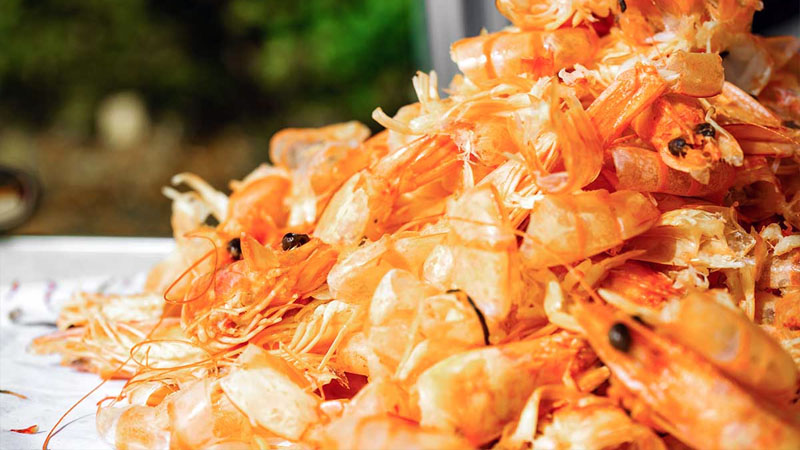Exclusive content

Researchers are investigating innovative nature-based solutions to enhance skin and bone repair, focusing on shrimp shells alongside other marine organisms. This shift in medical science aims to harness the regenerative properties found in natural materials, offering potential breakthroughs in tissue engineering.
Shrimp Shells: A Promising Candidate for Tissue Engineering
Crab, shrimp, and mussel shells are under intense scrutiny for their potential to aid in restoring skin, bone, and cartilage. As populations age, the need for effective tissue regeneration methods becomes more urgent. The exploration of shrimp shells is particularly promising due to their unique chemical composition, which could be instrumental in stimulating human tissue regeneration.
The five-year EU-funded SHIFT project is at the forefront of this research, integrating efforts from universities in Europe, Asia, and Australia. Coordinated by Professor Antonella Motta, a bioengineering expert at the University of Trento, Italy, the project aims to scale up the use of bio-based polymers from marine organisms, including shrimp, to prepare for clinical trials. The ultimate goal is to develop reliable methods for repairing large wounds and tissue damage using natural materials.
Building Scaffolds with Shrimp Shells
Shrimp shells can be transformed into scaffolds that support damaged tissue, encouraging cells to regenerate and form new blood vessels. This process shows potential in treating conditions such as diabetic ulcers and spinal disk degeneration. The SHIFT team is also exploring minimally invasive treatments, like hydrogels derived from shrimp shells, which can be directly applied to the skin or injected into bone or cartilage.
A key principle of the SHIFT project is the circular economy. Researchers are investigating how to repurpose waste products from the textile and food industries, including shrimp shells, for medical applications. This approach not only reduces waste but also provides a sustainable source of biomaterials for tissue engineering.
Overcoming Challenges in Tissue Engineering
Despite the promise of shrimp-based materials, the complexity of biological interactions presents significant challenges. Ensuring that the body does not reject foreign materials and understanding the microscopic interactions are critical hurdles. Professor Motta emphasizes the importance of learning to “speak the same language” as the cells to ensure successful integration and regeneration.
By the end of the SHIFT project in 2026, the team aims to develop two or three prototypes ready for collaboration with start-up companies. These prototypes will be crucial in transitioning from research to practical, clinical solutions. Professor Motta is optimistic about the future, believing that treatments based on natural materials like shrimp shells could become available by the early 2030s.